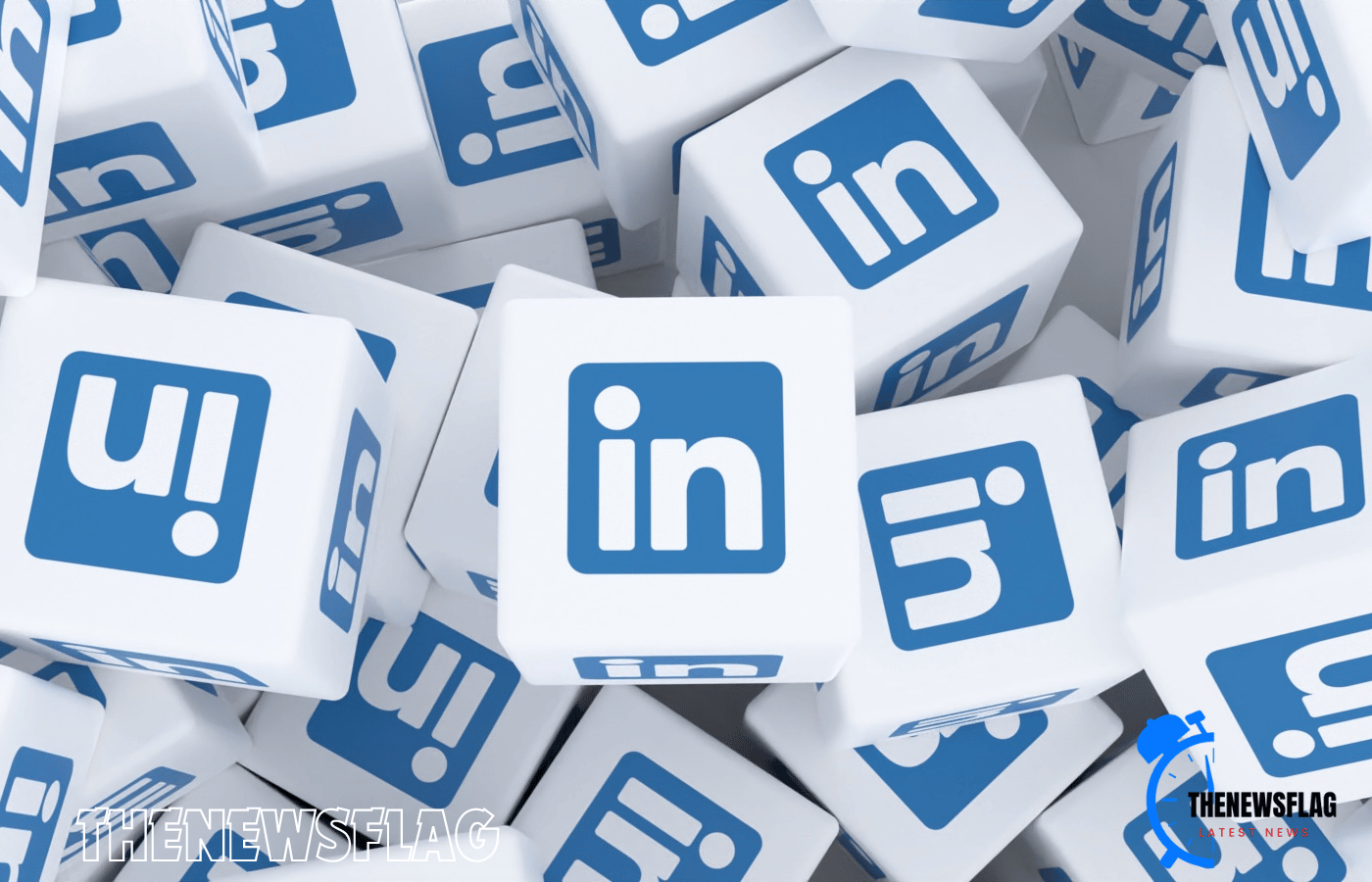LinkedIn has intensified its efforts to bolster its premium subscription services, which cater to individual users and job seekers, with subscription plans starting at $39.99 per month.
LinkedIn, the popular social networking platform geared towards professionals, unveiled its premium subscription sales figures for the first time on Thursday. The company reported a robust revenue of $1.7 billion in 2023 from its premium subscription business, indicating a growing interest in its new artificial intelligence (AI) tools.
Since its acquisition by Microsoft in 2016, LinkedIn has not publicly disclosed detailed financial data. However, it was revealed that in fiscal 2023, the company generated a total revenue of $15 billion, with $7 billion attributed to its hiring software primarily targeted at corporate recruiters.
In recent times, LinkedIn has intensified its efforts to bolster its premium subscription services, which cater to individual users and job seekers, with subscription plans starting at $39.99 per month.
A significant aspect of this initiative was the integration of AI capabilities, introduced last year. These features enable users to scan job postings and assess their compatibility based on their resumes automatically. Additionally, the AI system assists job seekers in optimising their LinkedIn profiles to attract recruiters and even generates tailored messages to send to potential employers.
During an interview, Dan Shapero, LinkedIn’s chief operating officer, disclosed that the number of premium subscribers surged by 25 per cent in 2023. Although exact figures were not provided, Shapero shared insights indicating that 70 per cent of subscribers with access to the new AI tools had utilised them, with 90 per cent finding them beneficial.
Shapero highlighted LinkedIn’s role in navigating the current job market dynamics, emphasising that while the labour market in the U.S. remains tight, disparities exist across industries. LinkedIn’s data indicates that there are still, on average, two applicants for every job opening.
Commenting on this trend, Shapero stated, “What we do know is that because of the uncertainty in the broader economy, there are people that are trying to make sure that they have the ability to get the best job that they can and that they’re excited about.”





